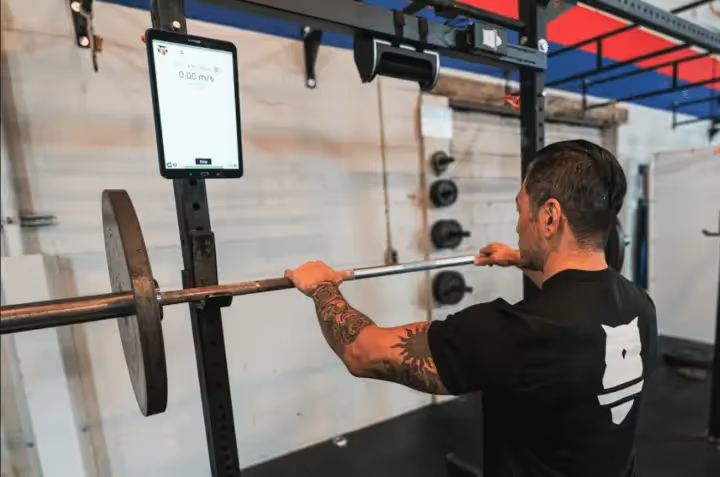Fatigue Monitoring, Readiness Assessments, and VBT

FATIGUE MONITORING
Fatigue for athletes has been defined as “loss in total performance due to various physiological factors, athlete reported psychological factors, or a combination of the two” [1]. Muscular fatigue is therefore the point at which a muscle ceases to produce force [1]. Fatigue can produce negative impacts on the ability of an athlete to perform, or to adapt and respond to a training stimulus. In order to mitigate this, coaches must be aware of the stimulus they are providing and have progressions and regressions at the ready in the event an athlete cannot follow the program as written. Moreover, they must have a system in place for monitoring fatigue levels and readiness assessments.
We discussed the nervous system at length in previous posts, the body’s hormonal response to stress doesn’t discern between good stress and bad stress, it recognizes all of it and acts accordingly. Regardless of the stressor, fatigue will result, and coaches need to be aware of this in order to effectively monitor and adapt programs on the fly. Fatigue monitoring allows a coach to observe the daily physiological and psychological accumulation of fatigue from day to day, week to week, phase to phase, and season to season.
Fatigue can be measured subjectively (questionnaires, RPE etc) or objectively (blood lactate, velocity etc) [1, 6-9]. The collected results will provide a good indication of how a team or group is responding to the training protocol and whether or not individualization needs to take place. Understanding the fatigue responses of athletes will allow a coach to enhance performances by preventing overtraining or injury, and maximizing adaptation with their programs.

READINESS ASSESSMENTS
Readiness assessments are fatigue monitoring wrapped into a pre-training session routine. This can give an initial view as to how the athlete’s nervous system is responding prior to the training session for the day. It can also effectively raise red flags around how well recovered the athlete is and how ready they are to perform the day’s session as written. A readiness assessment can be objective or subjective, and can be anything from a grip strength test, a vertical jump, to a questionnaire [7-9]. Coaches may have rules in place for performances or responses that will raise red flags and allow them to implement Plan B if an athlete is showing signs of fatigue.
USE VBT TO MONITOR FATIGUE AND ASSESS READINESS
Velocity based training can be implemented as a one-stop-shop of sorts to both monitor fatigue from session to session, and assess readiness prior to the day’s session. Within a session, this will look like cutoff thresholds or a percentage of velocity loss that indicates neuromuscular fatigue [4]. Prior to sessions, this will be a barbell squat jump that will provide a baseline, and any straying from that baseline be it positive or negative [5].
Using a leaderboard function with a VBT unit like Perch in the weight room will allow a team to challenge each other, push each other, encourage each other, and ultimately maximize their intent with their daily readiness assessments. Additionally, this can be done without any interruption to work flow. Athletes perform their assessments at their usual racks, no need to line up behind a unit or manually record their scores. Technology in the weight room should work for you, not against you.

LONGITUDINAL TRENDS
Coaches and practitioners have many years of practical experience under their belts that have helped them develop great programs and protocols for their athletes to maximize performance. Despite this, athletes have more stressors placed upon them now than ever with constant streams of information, school work, travel, socializing etc [6]. Coaches can help manage athlete stress load by assessing it regularly and monitoring over time for longitudinal trends.
If an individual isn’t responding well to the training stimulus, you can potentially assume it is something they are doing outside of the hour you may see them. If an entire team isn’t responding well to the training stimulus, it may be time to talk to the head sport coach or assess your program to help provide the right amount of stress in the weight room to warrant the adaptations you are looking for. Either way, fatigue monitoring and readiness assessments can help you regulate the load on the athlete and take action if you see something indicative of chronic fatigue or overtraining.
CONCLUSION
Remember: The greatest ability is availability. Monitor fatigue, assess readiness daily, and help your athletes stay on the field, court, track, pool etc longer to perform when they need to most.
OTHER RELEVANT POSTS!
Curious about the Coach’s perspective on VBT? Check out our Coach’s Corner series!
Check out our Return To Play from Covid-19 series!
FOLLOW US!
Keep checking back for more velocity based training content, tips, tricks, and tools. And don’t forget to follow us on Twitter , Instagram and Linkedin and like us on Facebook .
SOURCES:
- Micklewright D, Gibson ASC, Gladwell V, Salman AA. “Development and Validity of the Rating-of-Fatigue Scale.” Sports Medicine. March 2017.
- Thorpe, R. T., Atkinson, G., Drust, B., & Gregson, W. (2017). Monitoring fatigue status in elite team-sport athletes: Implications for practice. International Journal of Sports Physiology and Performance, 12, 27–34.
- Taylor, J. L., Amann, M., Duchateau, J., Meeusen, R., & Rice, C. L. (2016). Neural contributions to muscle fatigue: From the brain to the muscle and back again. Medicine and Science in Sports and Exercise.
- Sánchez-Medina, L., & González-Badillo, J. J. (2011). Velocity loss as an indicator of neuromuscular fatigue during resistance training. Medicine and Science in Sports and Exercise, 43(9), 1725–1734.
- Spiteri, T., Nimphius, S., Wolski, A., & Bird, S. (2013). Monitoring neuromuscular fatigue in female basketball players across training and game performance. Journal of Australian Strength and Conditioning, 21(S2), 73–74.
- Flanagan2, M. J. & D. E. P., & 1Hammarby. (2015). RESEARCHED APPLICATIONS OF VELOCITY BASED STRENGTH TRAINING Mladen. Journal of Australian Strength and Conditioning, 23(7), 58–69.
- Thorpe, R. T., Atkinson, G., Drust, B., & Gregson, W. (2017). Monitoring fatigue status in elite team-sport athletes: Implications for practice. International Journal of Sports Physiology and Performance, 12, 27–34.
- Bourdon, P. C., Cardinale, M., Murray, A., Gastin, P., Kellmann, M., Varley, M. C., … Cable, N. T. (2017). Monitoring Athlete Training Loads : Consensus Statement Monitoring Athlete Training Loads : Consensus Statement. International Journal of Sports Physiology and Performance, 12(May), 161–170.
- Taylor, K., Chapman, D., Cronin, J., Newton, M., & Gill, N. (2012). Fatigue monitoring in high performance sport: a survey of current trends. J Aust Strength Cond, 20(1), 12–23

Start Gathering Data With Perch Today!
Reach out to us to speak with a representative and get started using Perch in your facility.









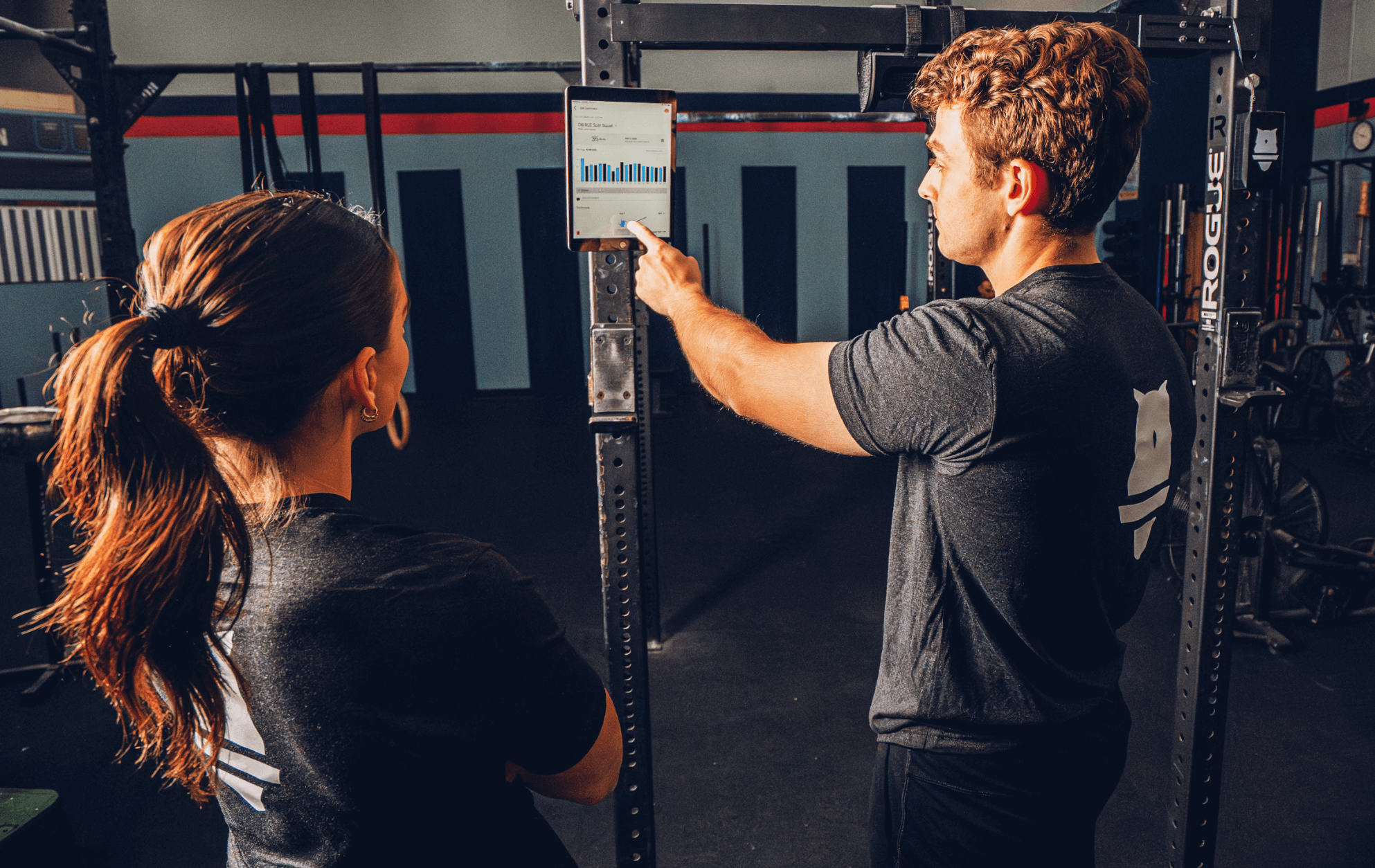
































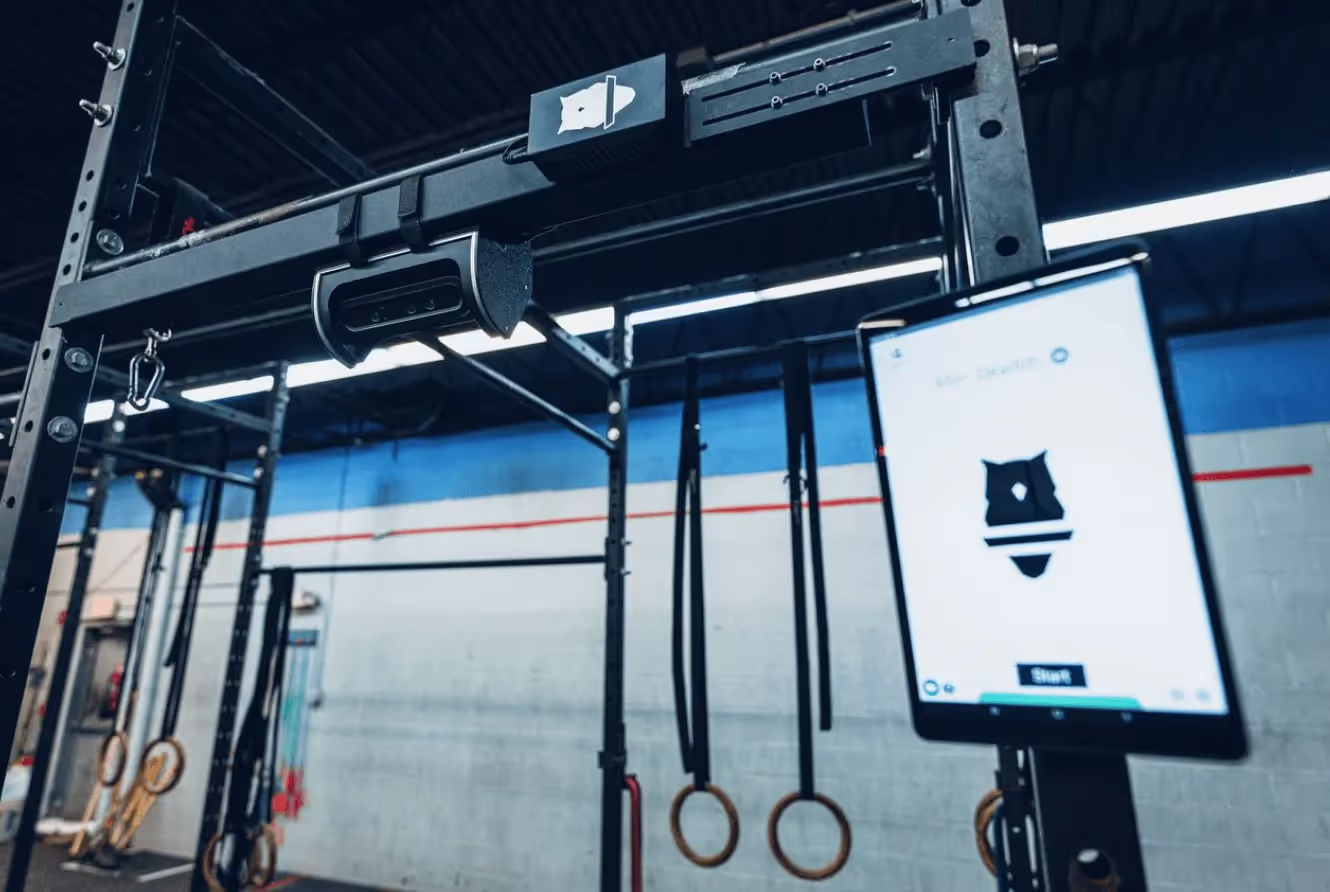
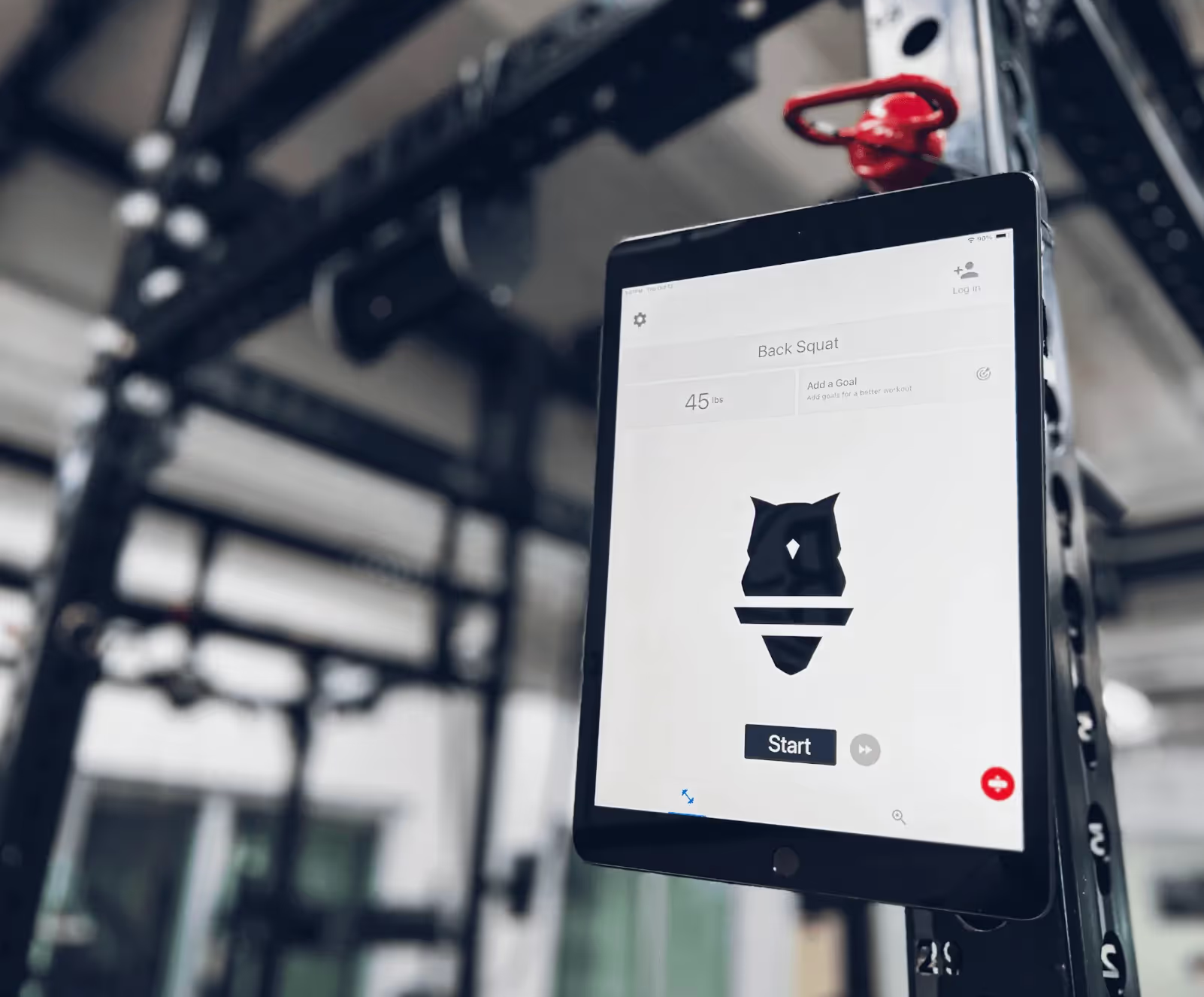



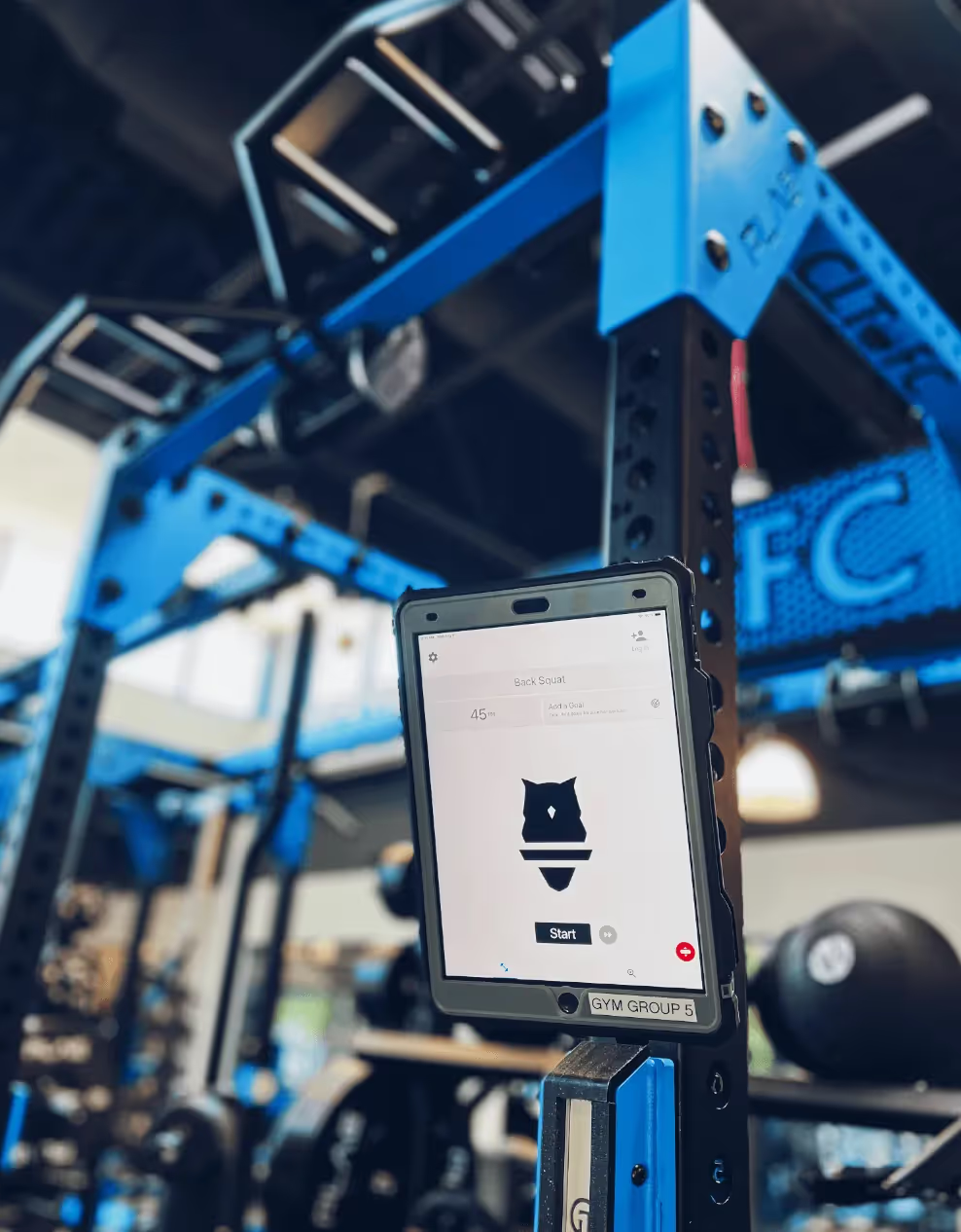
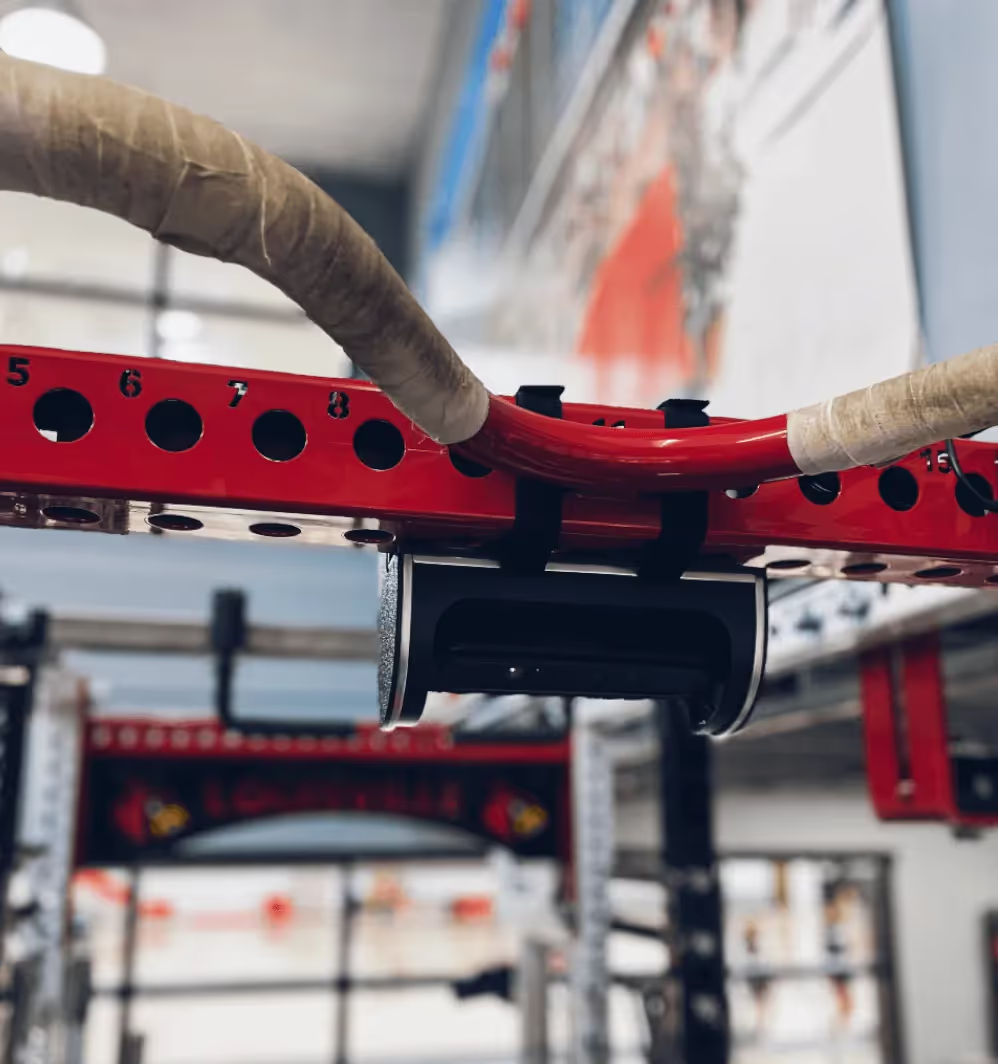















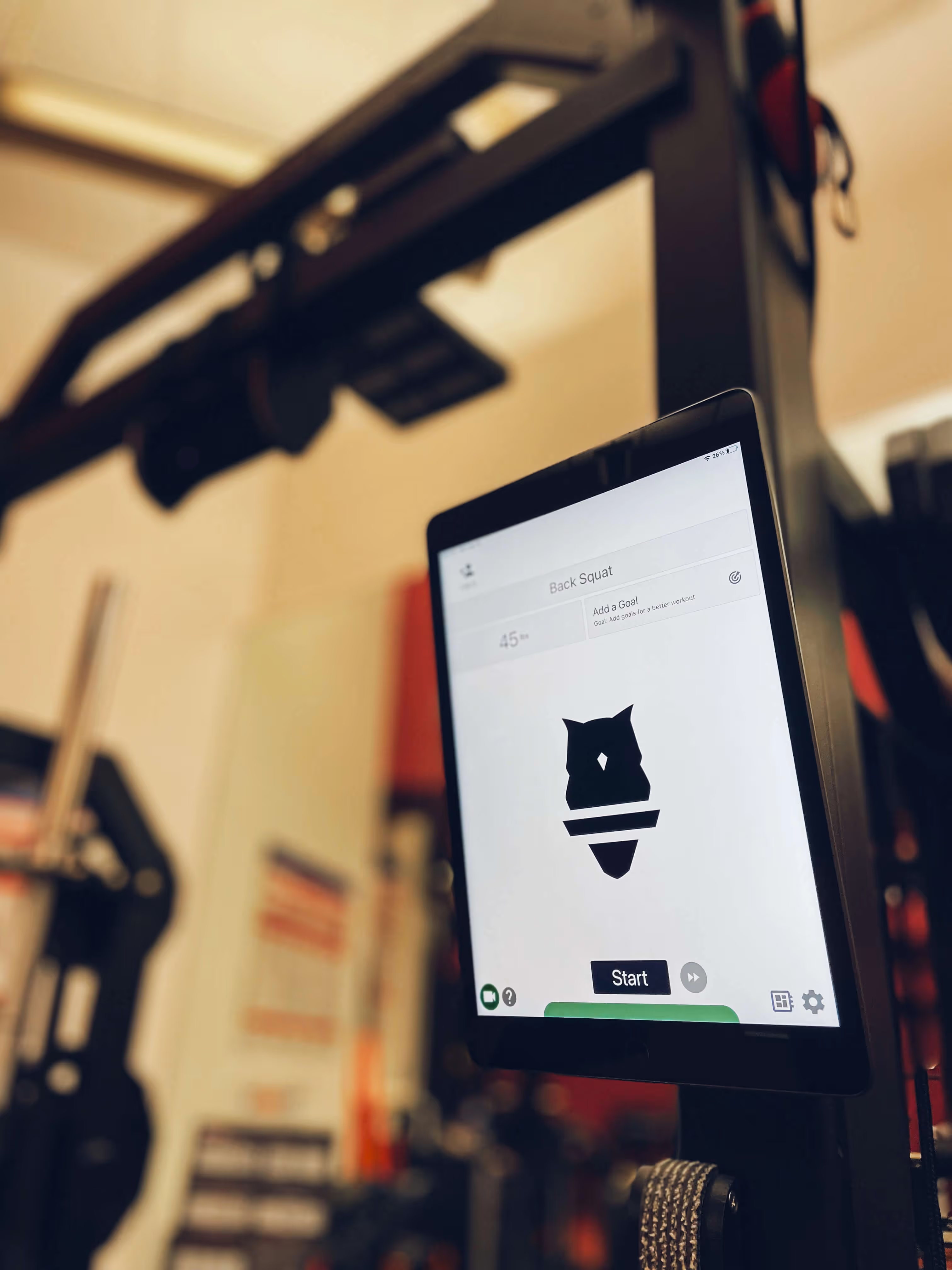








.avif)






